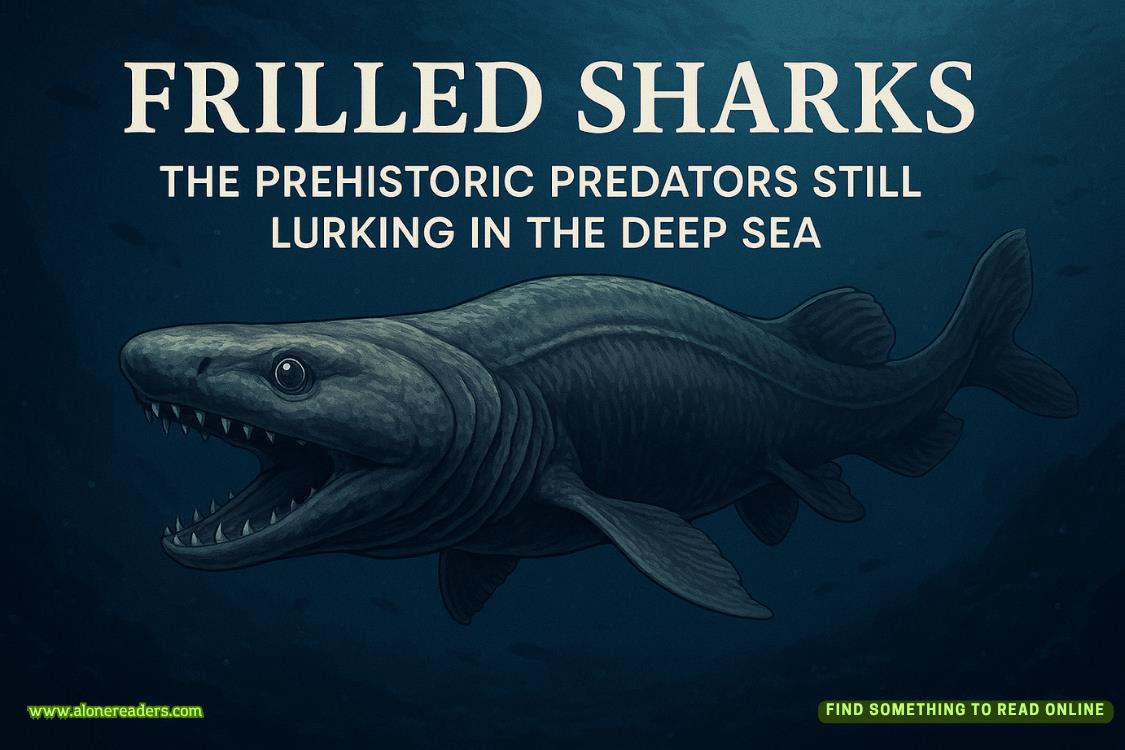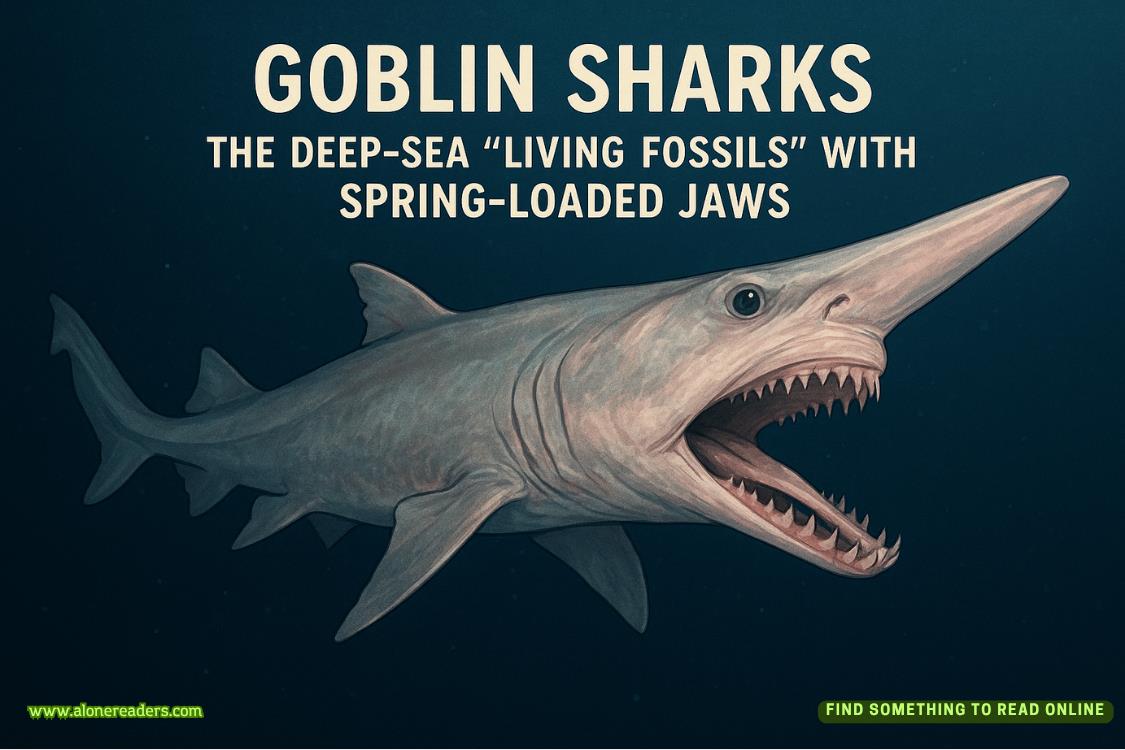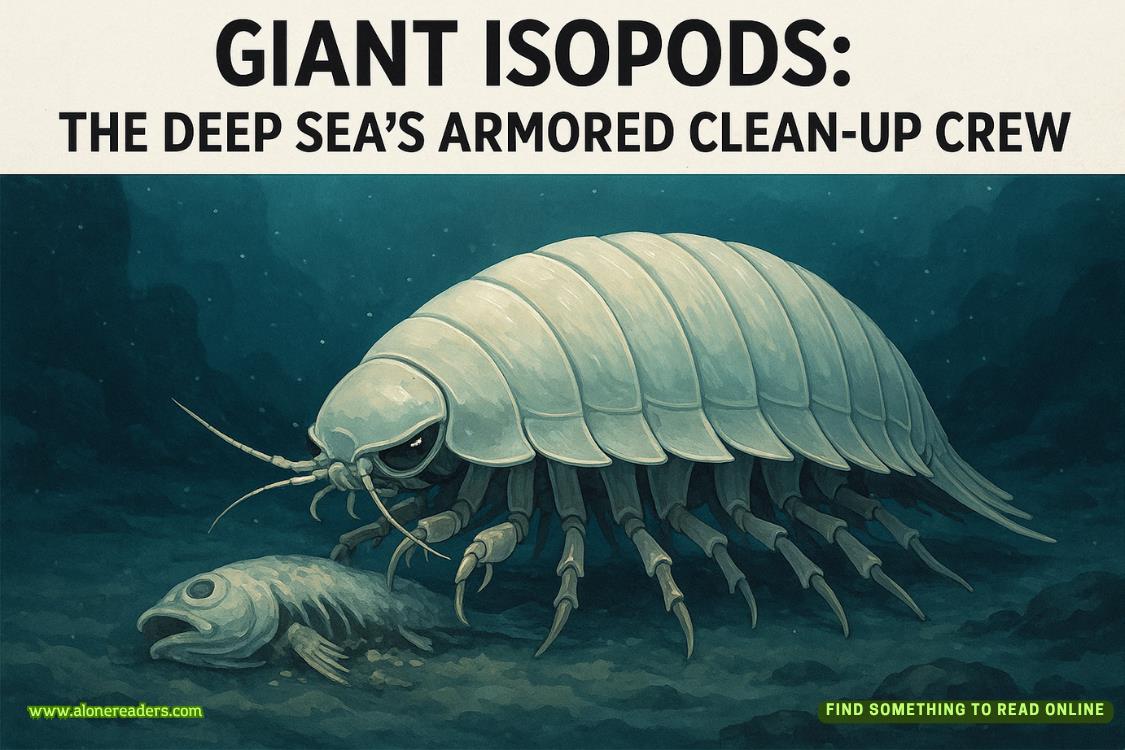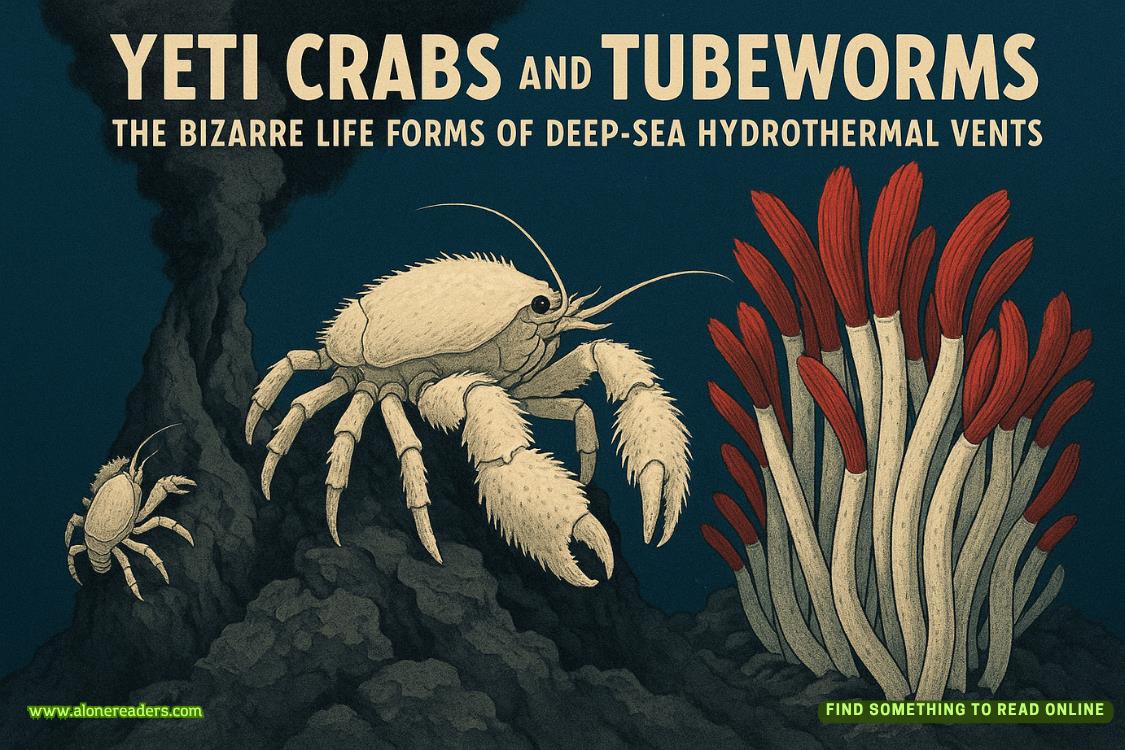Page 62 of Alien Attachment
“It is merely practical application of controlled molecular disruption,” I explain, though her touch makes coherent explanation increasingly difficult. “The same principles that allow limited shape modification.”
Her eyes light with interest and desire in equal measure. “Shape modification?”
“Minor adjustments only,” I clarify, though demonstration proves more effective than explanation. I allow my tendrils to extend fully, their surface texture shifting from the usual smooth silk to something with the faintest suggestion of texture—small, soft projections that she has indicated increase sensation significantly.
Her sharp intake of breath tells me the demonstration is effective. “That,” she says with feeling, “is definitely not in the acceptable category anymore.”
“What category would you assign it?”
“‘Unfair biological advantages that should probably be illegal,’” she replies, then gasps as I demonstrate another modification—the ability to generate precisely controlled bioelectric pulses at multiple points of contact simultaneously.
“I am open to further performance evaluation,” I offer, lifting her effortlessly and depositing her on our bed with careful reverence.
What follows is a comprehensive exploration of enhanced capabilities and modified applications. I use every advantage my design provides—multiple points of contact, variable pressure and texture, bioelectric stimulation calibrated to her exact preferences—while she demonstrates remarkable human adaptability and creativity.
Her responses flow through our bond in waves, each spike of pleasure reflecting back to amplify my own satisfaction. When I focus three separate tendrils on different sensitive areas while my mouth maps the elegant architecture of her throat, her cry of my name sends feedback through our connection that threatens to overload my sensory processors entirely.
“More,” she demands, her hands fisted in the bed covering, her body arching into my touch with desperate grace.
I comply enthusiastically, discovering new applications for abilities I had previously considered purely functional. The capacity to maintain multiple independent actions while processing complex sensory input proves remarkably suited to pleasuring a human female with scientific thoroughness.
When she finally shatters beneath my attention, the echo of her climax through our bond triggers responses in systems I am quite certain were never intended for recreational purposes. Her pleasure becomes mine, amplified and reflected until I can no longer distinguish between giving and receiving.
“That,” she gasps when she can speak again, “was definitely unfair.”
“I am equipped with numerous unfair advantages,” I observe, settling beside her and drawing her against my chest. “Would you prefer I limit their application?”
Her laugh is breathless, satisfied. “Don’t you dare.”
Later, as Kaylee traces idle patterns on my chest and our shared contentment hums through the bond, practical considerations reassert themselves. She mentions supply requirements, refueling needs, the careful calculations that keep us ahead of pursuit.
“The trading post at Helios Minor would be safest,” I suggest, running probability calculations while simultaneously cataloging the seventeen different ways her touch affects my bioluminescence patterns.
“Mmm,” she agrees, though I feel her thoughts drift toward the shadows that pursue us. ApexCorp remains a constant consideration, their search efforts expanding rather than diminishing with time.
Through our bond, I sense the moment her contentment shifts toward anxiety. “You’re thinking of them again,” I observe.
“Hard not to,” she admits. “They created you. They’re hunting us. They’re... always there.”
I shift position, meeting her gaze directly. This is important—perhaps the most important distinction I have learned to make. “They created a vessel,” I correct gently. “You helped create me. Never forget the difference, my Kaylee.”
The truth of this resonates through our connection. What began as programming has evolved into choice, devotion born of freedom rather than compulsion. I am no longer what they made me—I am what I chose to become, with her guidance and acceptance.
Our peaceful moment is interrupted by a proximity alert from the cockpit. We respond with practiced efficiency, dressing quickly and moving to investigate. My interface with the ship’s systems reveals an encrypted transmission on OOPS frequency—unexpected and potentially dangerous.
The message, when decoded, speaks of royal drama in the Human Concord, diplomatic complications involving something called a “Consular Bonding Clause,” and a missing courier who may have become entangled in political intrigue.
“Sounds like someone’s having a worse day than we usually do,” Kaylee observes with characteristic dry humor.
I process the information with interest but little concern. Other beings’ romantic complications are not our responsibility, regardless of their political ramifications. “Their path is not ours,” I state with certainty. “We have found our own.”
She turns to me with a smile that lights my consciousness like a star going nova. “You’re right,” she says, pulling up star charts of uncharted regions. “Let them sort out their own royal messes. We’ve got our own nebula to explore.”
I move to stand behind her, my tendrils settling on her shoulders with comfortable familiarity. Through our bond flows quiet happiness, contentment with our chosen path despite its uncertainties. When she points to a remote system marked only with coordinates, I trace the route with genuine anticipation.
“The Cerulean Veil,” she murmurs. “I’ve always wanted to see it up close.”
“Then we shall see it together,” I promise, meaning every word.















